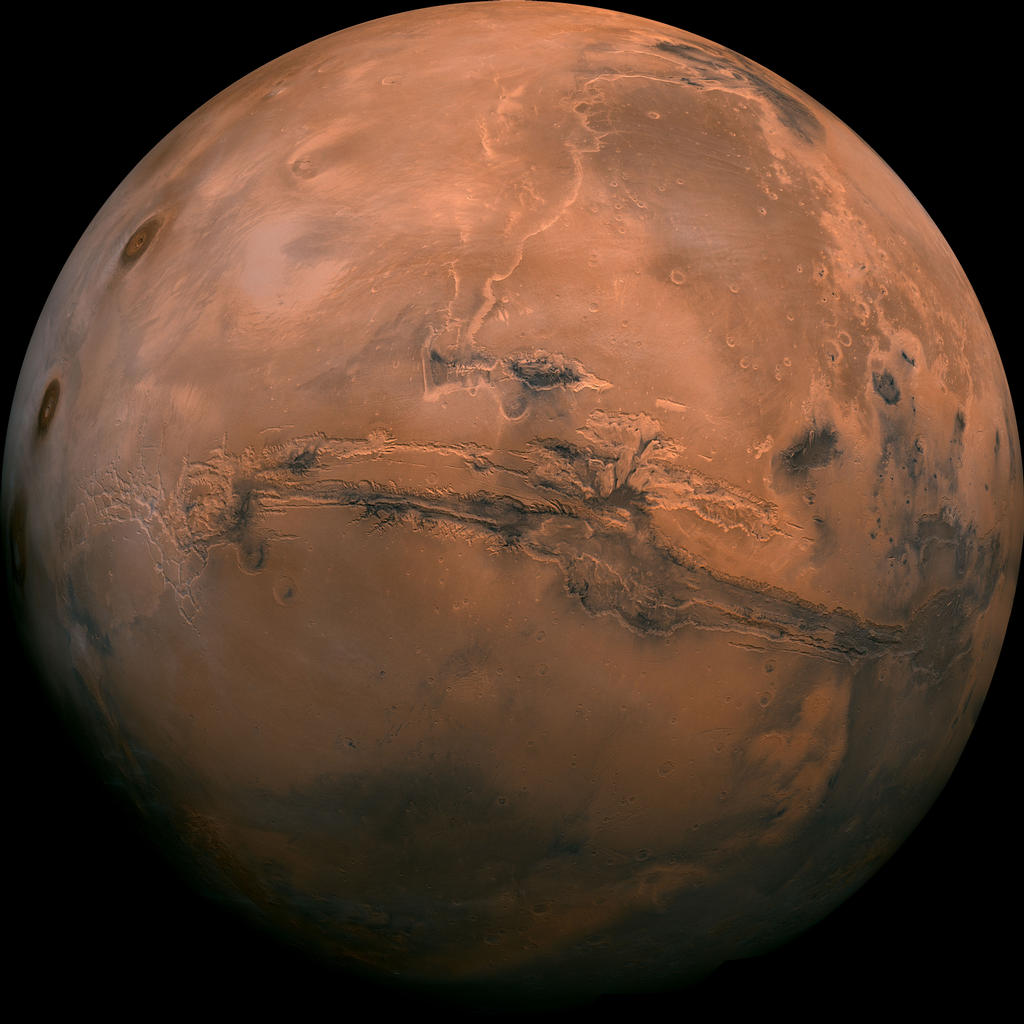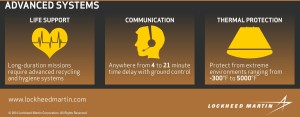NASA contractor and founding member of the Coalition Lockheed Martin is a critical part of NASA’s Journey to Mars. Check out some of Lockheed Martin’s research on the main challenges of the Journey and how NASA and its partners are preparing for them.
The Journey to Mars will require a significant amount of time spent traveling in deep space.
Protecting astronauts from the harmful effects of radiation is critical for every part of a mission to Mars. Astronauts onboard the International Space Station (ISS) in low-Earth orbit have a significant amount of protection from radiation as they orbit inside Earth’s magnetosphere. Once astronauts begin their trip to Mars, they will travel outside of this protected area and be subjected to much higher levels of radiation.
When astronauts spend an extended period of time in space onboard the International Space Station, their bodies are affected by the increased radiation and lack of gravity. For a human mission to Mars, additional risk factors include isolation and confinement, hostile and closed environments and the significant distance from Earth and loved ones.
The first phase of the Journey to Mars, called Earth Reliant, involves research on the ISS in which human health and radiation are major areas of research. The second phase is called the Proving Ground and will involve operations in cislunar space to prepare for human exploration of Mars. Earth Independent is the third phase on the Journey.
The advanced systems supporting the Journey include the thermal protection system of NASA’s new crew capsule, Orion. A crucial component of the spacecraft, it will protect the sensitive components and future crews during their return from deep space.
Learn more about NASA’s Journey to Mars at NASA.gov.






